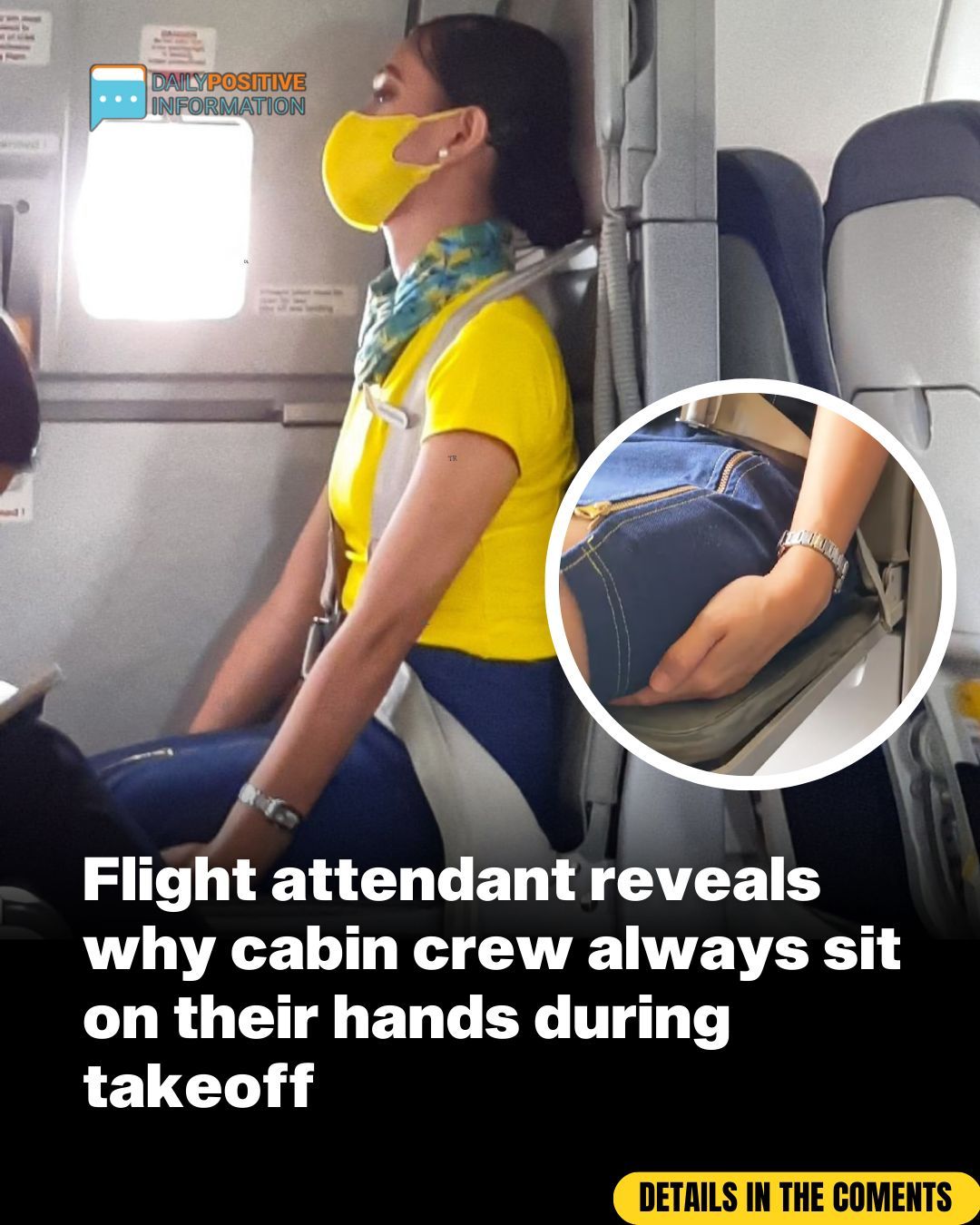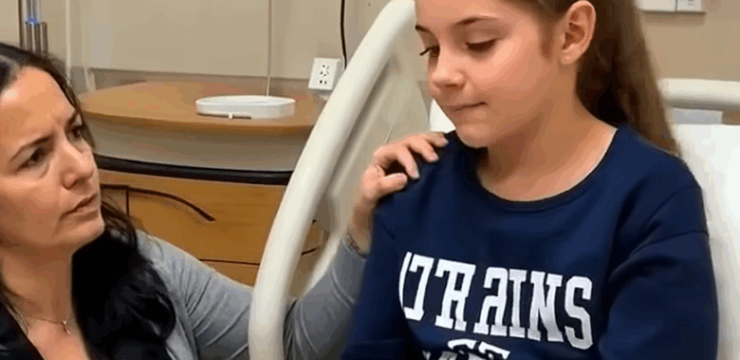When most people think of flight attendants, they imagine friendly faces serving snacks, offering drinks, and ensuring passenger comfort. But the reality is, their primary role goes far beyond hospitality. Flight attendants are highly trained safety professionals whose main responsibility is to protect the health and safety of everyone on board.

Among the many routines and procedures they follow, one behavior that often raises questions among passengers is why flight attendants sit on their hands during takeoff and landing. While it might look strange to some, this specific posture is known as the “bracing position,” and it serves a critical safety purpose. In a now-viral TikTok video, Cebu Pacific flight attendant Henny Lim offers an inside look into what this bracing position really means and why it matters. According to Lim, the bracing position involves several specific actions: fastening the seatbelt securely, sitting upright with your back straight, placing hands flat on your thighs with thumbs tucked in, keeping arms relaxed but close to the body, and ensuring both feet are firmly planted on the floor.
While it might seem like a rigid or overly formal posture, it’s actually a carefully designed safety measure. The main goal of the bracing position is to reduce the body’s movement in case of an unexpected event like a crash or hard landing. By staying firmly seated and assuming this posture, flight attendants can reduce the risk of serious injury during impact. It’s all about protecting vital parts of the body and minimizing flailing limbs that could otherwise lead to broken bones or head trauma. Lim also explains that during this time, flight attendants conduct what’s called a “silent review.” This means they mentally go over emergency procedures, review the operation of nearby exits, recall evacuation commands, and stay alert to visual cues outside the aircraft.
It’s a moment of mental preparedness that ensures they can react quickly and effectively if something goes wrong. Regulatory bodies such as the Federal Aviation Administration (FAA) fully support and require this practice. According to FAA guidance, the bracing position is designed to reduce flailing and cushion the body against secondary impacts. In a crash, limbs that aren’t secured can swing around violently, causing additional injuries. By keeping the arms and legs in controlled positions and aligning the body with surfaces it might contact during impact—especially the head and upper torso—this risk is significantly lowered.
The FAA recognizes the bracing position as an essential part of a flight attendant’s duties, not just during emergencies but as a proactive safety protocol on every flight. The insights shared by professionals like Henny Lim are part of a larger trend where flight attendants use social media platforms like TikTok to educate the public about aviation safety. These behind-the-scenes explanations help passengers understand why certain rules exist and offer a deeper appreciation for the crew’s role beyond customer service.
Another flight attendant, Destanie, has shared humorous stories about passengers attempting outlandish tricks to get better seats, which, while entertaining, also highlight the importance of respecting safety guidelines and flight attendants’ authority. Her stories remind us that safety always comes first, no matter how amusing or unusual some situations may appear. Other professionals in the industry, like Esther Sturrus, also offer insights into the highs and lows of being a flight attendant. While they acknowledge that dealing with difficult passengers and high-stress environments can be challenging, they also express gratitude for the lifestyle, travel opportunities, and the sense of purpose that comes from ensuring people’s safety. Their dedication doesn’t waver, even under pressure.
Ultimately, the act of sitting on their hands during takeoff and landing isn’t just a quirky routine—it’s a practiced safety move designed to keep the cabin crew alert and protected. Knowing the reasoning behind it gives passengers a better understanding of what goes on behind the scenes and the seriousness with which flight attendants approach their roles. It’s a reminder that every movement they make, every procedure they follow, is part of a well-rehearsed system to ensure everyone onboard reaches their destination safely. And as more flight attendants continue to share their knowledge online, passengers gain a greater sense of confidence and appreciation for those working tirelessly to keep the skies safe.





